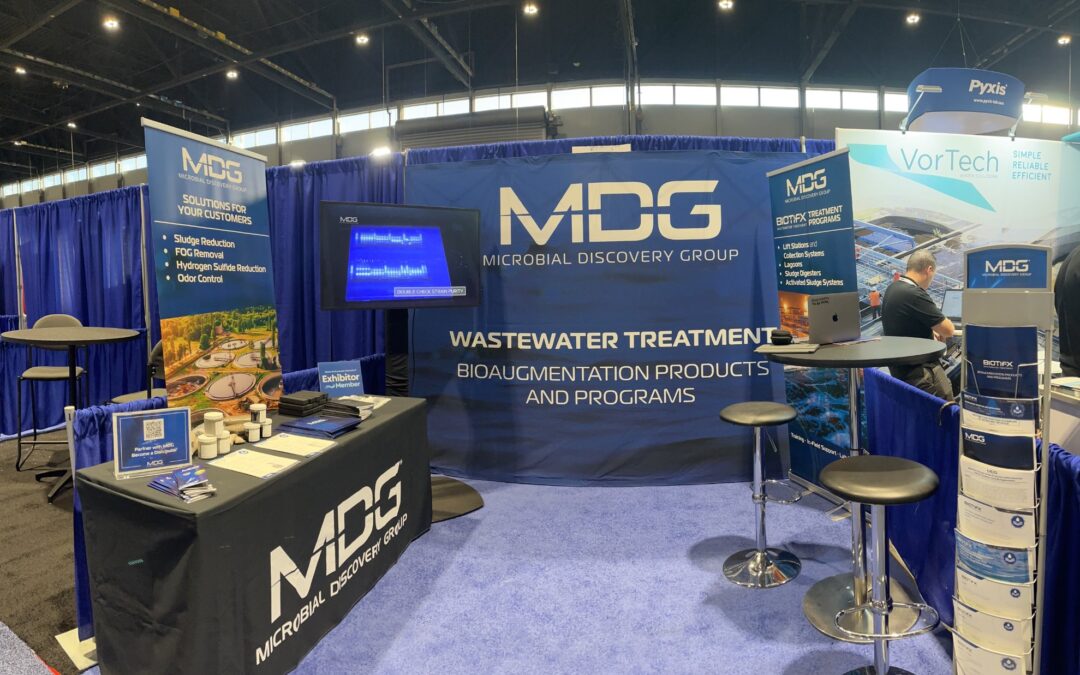New Liquid Product for Winter Treatment
Microbial Discovery Group (MDG) is excited to announce the launch of a new product for the Wastewater market. MDG formulated a new liquid cold water strain collection system treatment product, called Biotifx® Liquid Max FRZ. It allows you to outsmart the blizzards, sleet, and snow with Bacillus that remain active at low temperatures using scientifically selected strains. Keeping an automated dose of the Biotifx® Liquid Max FRZ during the cold months helps digest organic sludge, FOG and reduces H2S and odors, delivering consistent doses, frequently, and at scheduled times.
What is Biotifx® Liquid Max FRZ:
In addition to our cold weather Biotifx® FRZ line, Liquid Max FRZ is formulated with the same cold temperature Bacillus strains. The liquid version will conveniently treat wastewater treatment plants, lagoons, aerated sludge digester, industrial and municipal grease interceptors. Additionally, Liquid Max FRZ treats collection systems such as lift stations, force mains, sewer and gravity lines, or anywhere automation is desired, ideal in water temperatures 50F˚ and below.
How does Biotifx® Liquid Max FRZ work:
For many microbes, for every 10C˚ reduction in water temperature, reaction rates are cut in half. At these temperatures, the wastewater’s existing microbes don’t multiply and grow much because their metabolism is slowing down. In other words, those microbes are not breaking down or digesting as much as they could in warmer temperatures. However, Biotifx® FRZ Bacillus are active at low temperatures, like 50F˚ and below. Biotifx® FRZ Bacillus are adapted to the cold. They break down organic material, like sludge and FOG, into small pieces, so the community can digest it. As a result, sludge, FOG, and even H2S are reduced. For this reason, Bacillus shifts the community to operate more efficiently in cold temperatures. All in all, this improves sludge and FOG digestion and helps reduce H2S and odors from winter into spring.
Biotifx® Liquid Max FRZ in spring:
Bacillus help to break down and digest organic material that accumulates over the cold months. This reduces the build-up during the winter and into spring. If material is left to build up, it creates an anaerobic environment for odor-causing bacteria to thrive, releasing odors and H2S. As the temperature rises, this is ideal for the anaerobic microbes that are responsible for odor production, as their metabolism, growth and multiplication increases. Bacillus reduces the organic material throughout winter preventing the anaerobes from feasting heavily in spring and control the odors.









